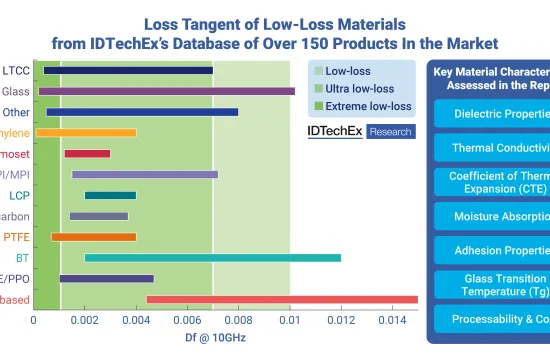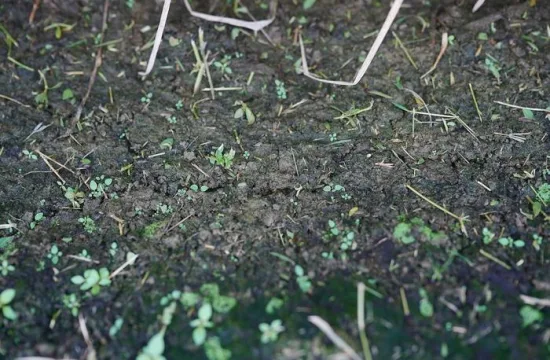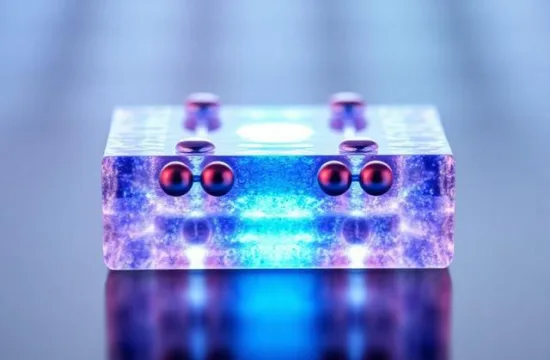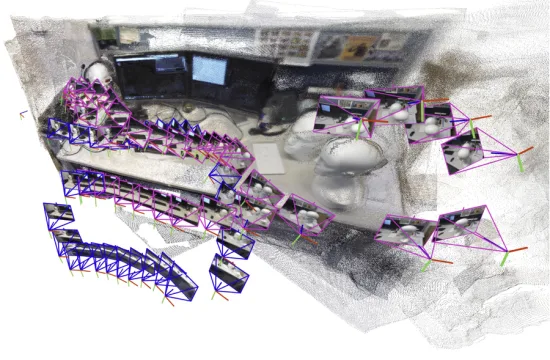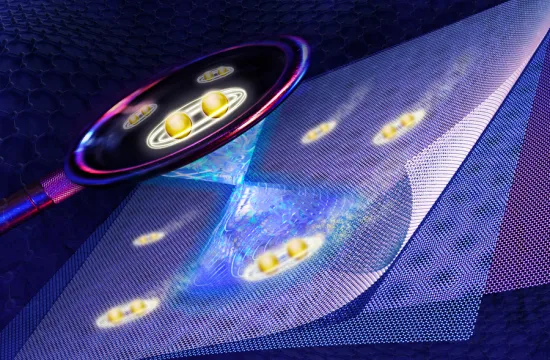Symbiotic ants manipulate aphid reproduction rates to achieve a specific mix of green and red aphids, maintaining the inferior green aphids which produce the ants’ favorite snack.
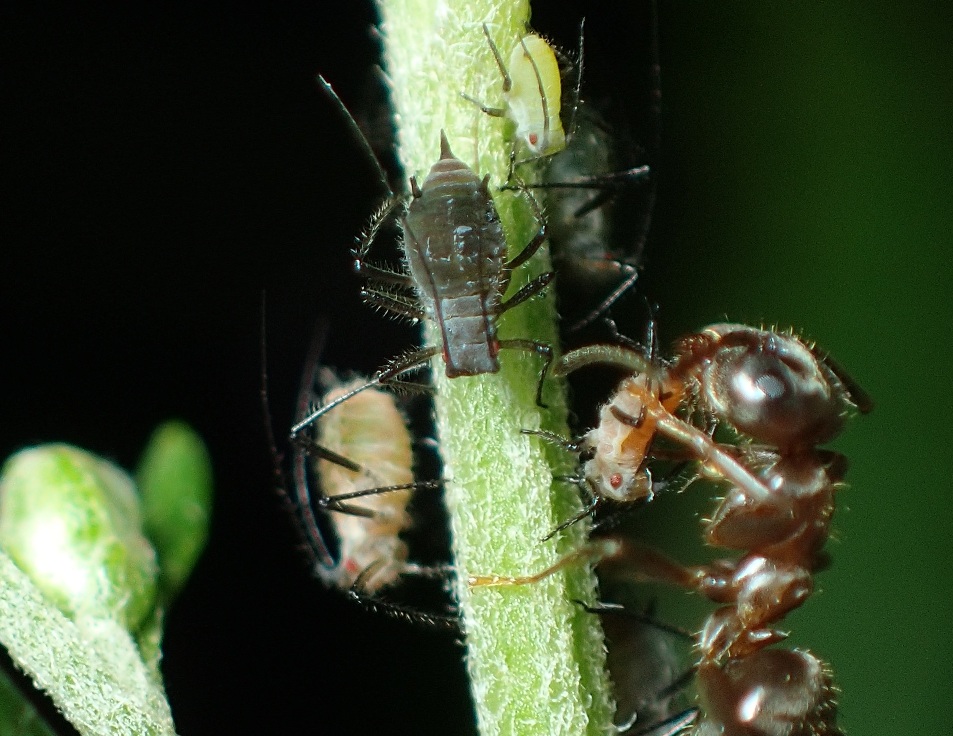
Credit : Photo by Ryota Kawauchiya. (Watanabe S. et al., Scientific Reports, February 2, 2018)
Ants and aphids coexist in a symbiotic relationship that benefits both species. Ants protect aphids from predators, such as lady bugs and wasps, and aphids secrete nutritious honeydew for ants to eat.
The aphid species Macrosiphoniella yomogicola comes in two “morphs” with distinct colors: red and green. When there is more than one physical trait of the same species, it is called polymorphism. Typically, competition for survival would lead to one morph dominating and the others disappearing from the gene pool. However, this rule can be broken in a few circumstances, including if an ant benefits from maintaining a mixture of color morphs.
Previously, Associate Professor Eisuke Hasegawa of Hokkaido University and his colleagues had determined that Lasius japonicus ants prefer the nutrient-rich honeydew produced by green morphs. They also found that ants were most attracted to and most vigorously protected colonies with 65% green and 35% red aphids.
In a new study published in the journal Scientific Reports, Hasegawa and his students, including Saori Watanabe, investigated how population growth of aphid morphs differs with or without the presence of ants. They found that ants actively manipulate morph populations by improving the reproduction rate of the inferior morph.
In field experiments without the ants’ presence, the red morphs had a much higher and superior reproduction rate than green morphs. Thus, red aphids should dominate. However, when ants were introduced to the experiment, the green morph reproduction rate equalized with the red morphs.
The experimental evidence matches what researchers find in the wild: red and green morphs coexisting on the same plant shoots attended by ants.
What remains a mystery is this: if the ants prefer the green morphs’ honeydew, why keep the red morphs around at all? Hasegawa explains, “We theorize that the red morphs are able to provide a benefit that the green morphs can’t, such as suppressing the development of lower buds on host plants. This might help both the red and green aphids survive and reproduce throughout more of the year, which could maximize long-term harvest of honey-dew from the green aphids.”
“In this case, the ants invest in a future benefit by sacrificing the present benefit,” the researchers hypothesize. They plan to test this hypothesis next.

